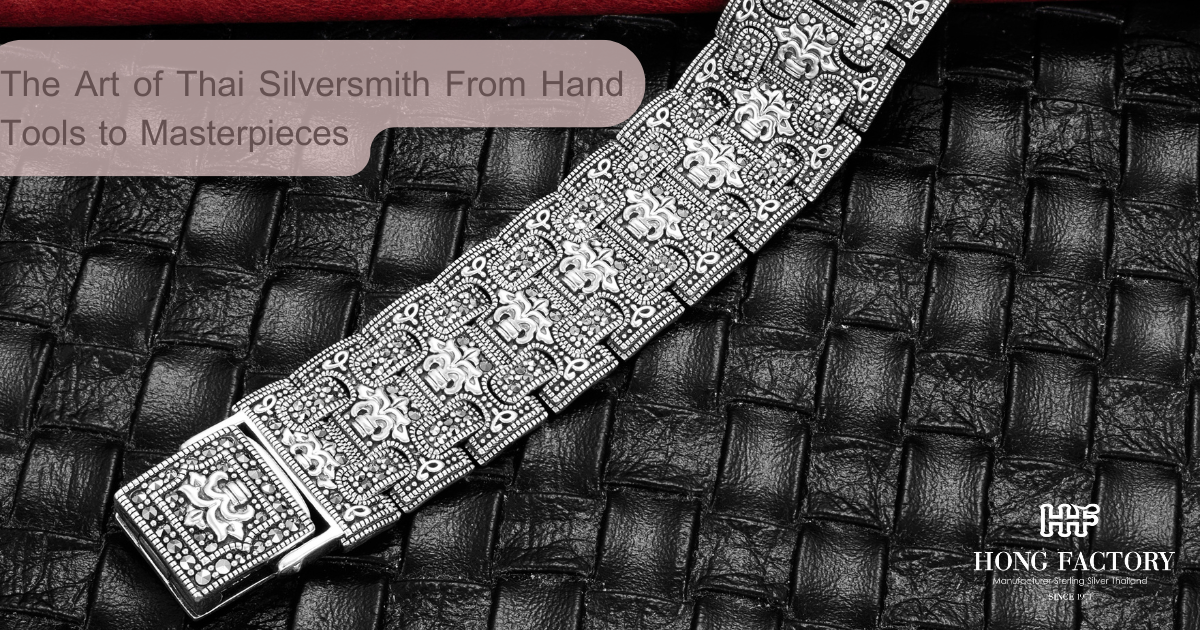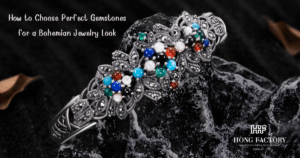For centuries, Thai silversmithing has stood as a symbol of artistry, devotion, and cultural pride. Each handcrafted piece tells a story — of patient hands, timeless techniques, and a heritage that continues to inspire the world of fine jewelry.
From humble beginnings with simple hand tools to the creation of intricate masterpieces admired around the globe, the art of Thai silversmithing remains one of the most treasured crafts in Southeast Asia. 925
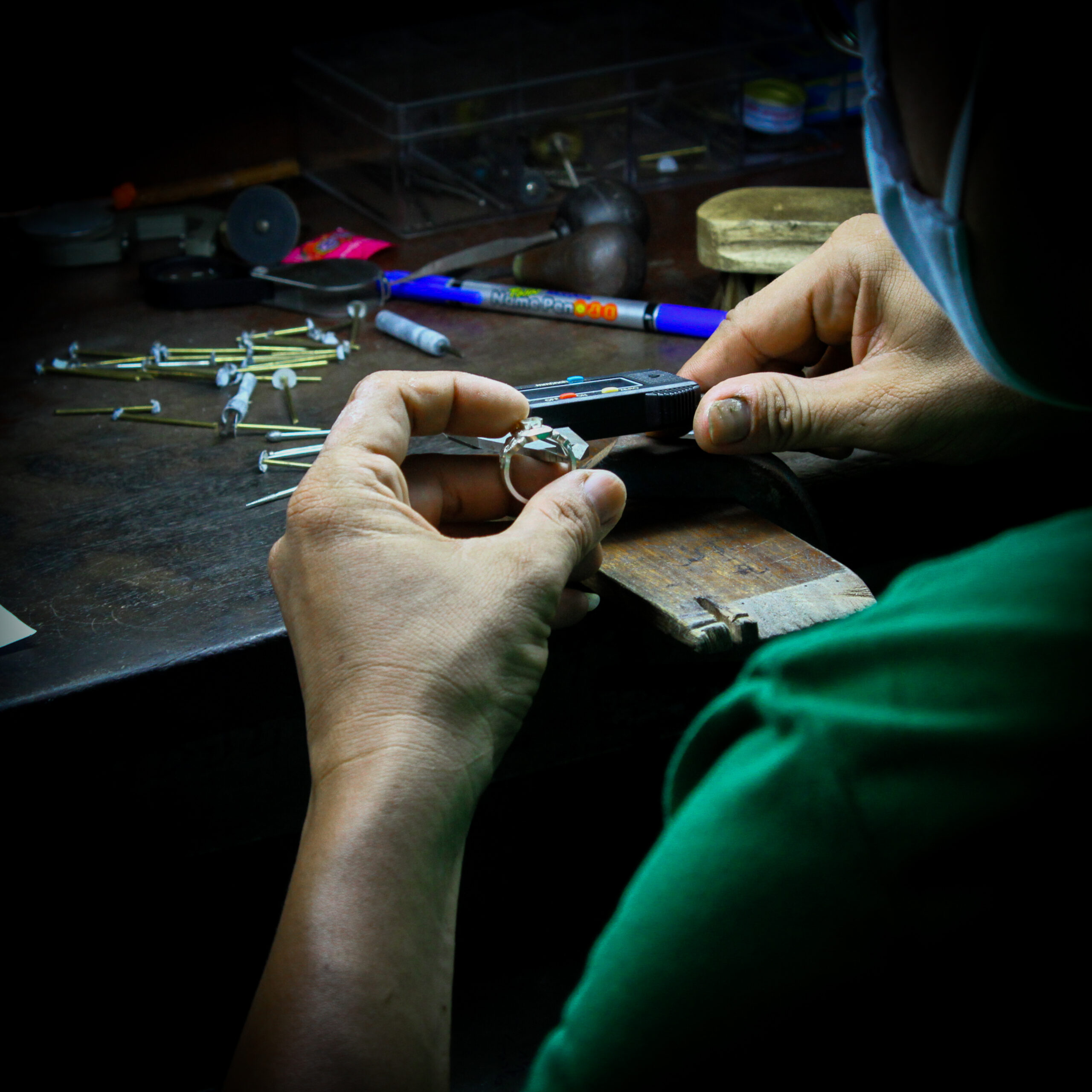
The Legacy and Spirit of The Art of Thai Silversmith
The Art of Thai Silversmith is deeply woven into the nation’s history, tracing its roots back to the Sukhothai and Lanna kingdoms. Silver was once reserved for royalty, temples, and ceremonial purposes, symbolizing purity, power, and spirituality.
Over the centuries, Thai artisans mastered the art of transforming raw silver into stunning works of wearable art, utensils, and sacred objects Chiang Mai, Chiang Rai, and the northern hill tribe communities have long been the heart of Thailand’s silversmithing tradition.
Each region developed its own distinctive style — from the elaborate repoussé work of northern craftsmen to the bold, textured designs of the Karen tribes. The artisans’ skill, passed down through generations, is not just a trade but a sacred practice reflecting discipline, patience, and creativity.
The Tools That Shape Tradition
Every Thai silversmith begins with a small, modest set of tools — many handmade by the artisans themselves. Hammers, chisels, gravers, and wooden mallets are used to mold, shape, and engrave each piece with precision.
Despite the advent of modern technology, traditional silversmiths still prefer these manual tools, believing that the connection between the hand and the metal brings life to the design. The process begins by melting pure or sterling silver into sheets or bars.
Artisans then cut and hammer these materials into the desired shape before engraving delicate motifs — often floral, geometric, or inspired by Buddhist symbolism. Every strike of the hammer and every etched line capture the essence of human touch, transforming silver into art that radiates warmth and individuality.
From Craftsmanship to Creation
What makes Thai silver so remarkable is the time and heart invested in each creation. Some pieces can take weeks or even months to complete, depending on their complexity. Traditional methods such as repoussé (hammered relief), chasing (surface engraving), and filigree (fine wire work) are used to create depth, detail, and texture.
Artisans often draw inspiration from nature and mythology. The lotus flower, representing purity and enlightenment, frequently appears in designs, as do elephants symbolizing wisdom and strength. The result is jewelry and silverware that not only adorns but also conveys meaning — a reflection of Thai spirituality and cultural harmony.
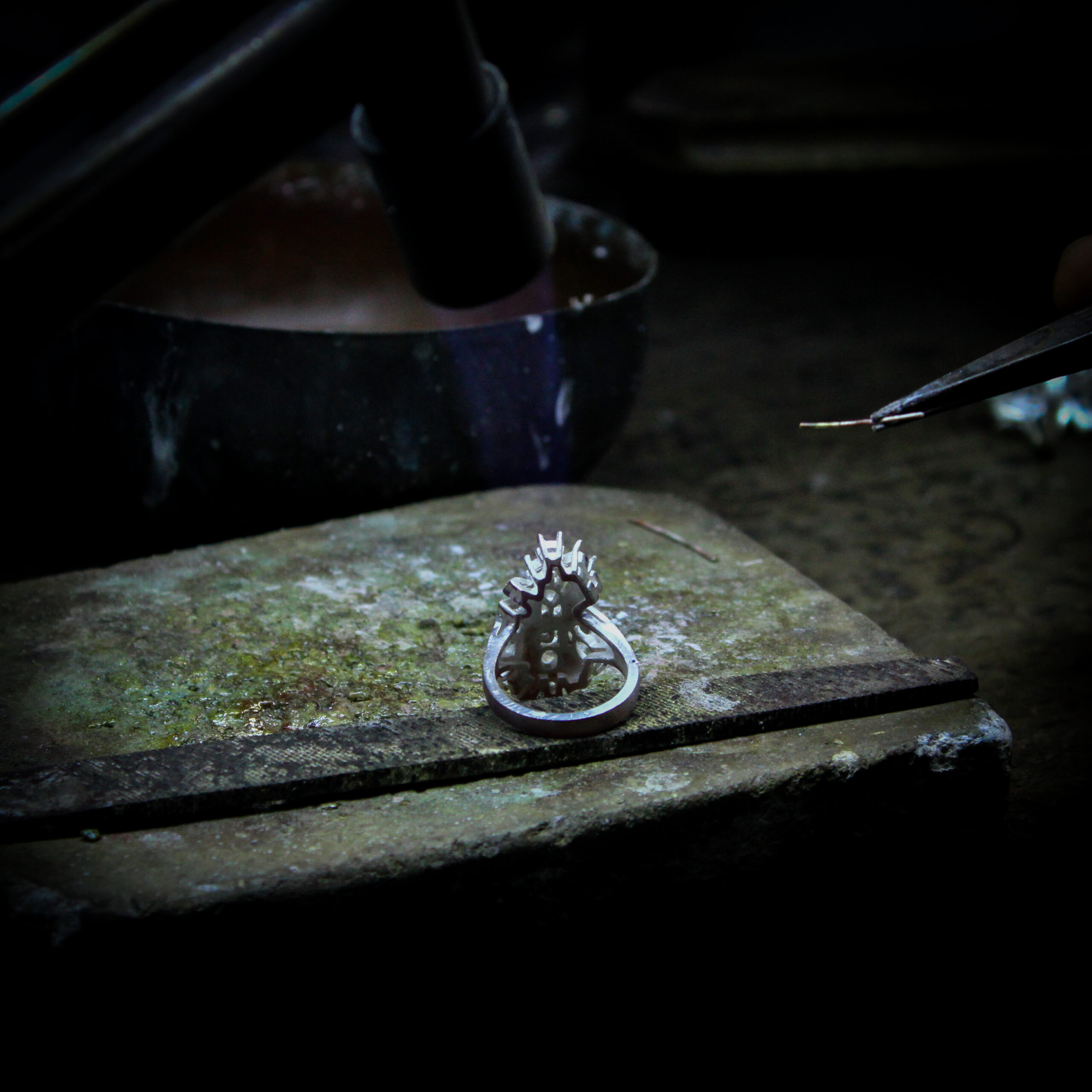
A Living Art in the Modern Age
While industrial production has revolutionized the jewelry industry, Thai silversmiths remain loyal to their handcrafting traditions. However, many are also adapting to modern aesthetics and global markets.
By blending classic motifs with contemporary forms, they preserve cultural heritage while appealing to a new generation of jewelry lovers. Collaborations between local artisans and international designers have further elevated the reputation of Thai silver.
Techniques once confined to small workshops in Chiang Mai are now influencing jewelry collections from New York to Paris. This exchange of ideas keeps the craft alive and evolving, bridging the gap between past and present.
Sustainability and Cultural Responsibility
Another reason The Art of Thai Silversmith continues to thrive is its inherently sustainable approach. The process uses minimal machinery and often incorporates recycled silver, aligning perfectly with modern values of ethical production and environmental mindfulness.
Each handcrafted item supports local communities, ensuring that traditional skills remain a vital part of Thailand’s cultural economy. Beyond economics, this craft serves as a living classroom for younger generations.
Apprentices learn not only the technical skills of silversmithing but also the patience, respect, and spiritual discipline that accompany the art. This intergenerational exchange safeguards a legacy that might otherwise fade in the face of modernization.
From Hands to Masterpieces: The Beauty of Thai Craftsmanship
Every piece created by a Thai silversmith embodies a journey — from the first strike of a hammer to the polished final form. The dedication behind each creation is what makes Thai silver exceptional.
It is not just about producing jewelry; it is about preserving the human touch in an age of machines. When you hold a piece of Thai silver, you hold centuries of wisdom, artistry, and faith.
It reflects a philosophy that values imperfection as authenticity and craftsmanship as a bridge between the material and the spiritual. Each masterpiece, no matter how small, is a testament to Thailand’s enduring devotion to beauty and tradition.
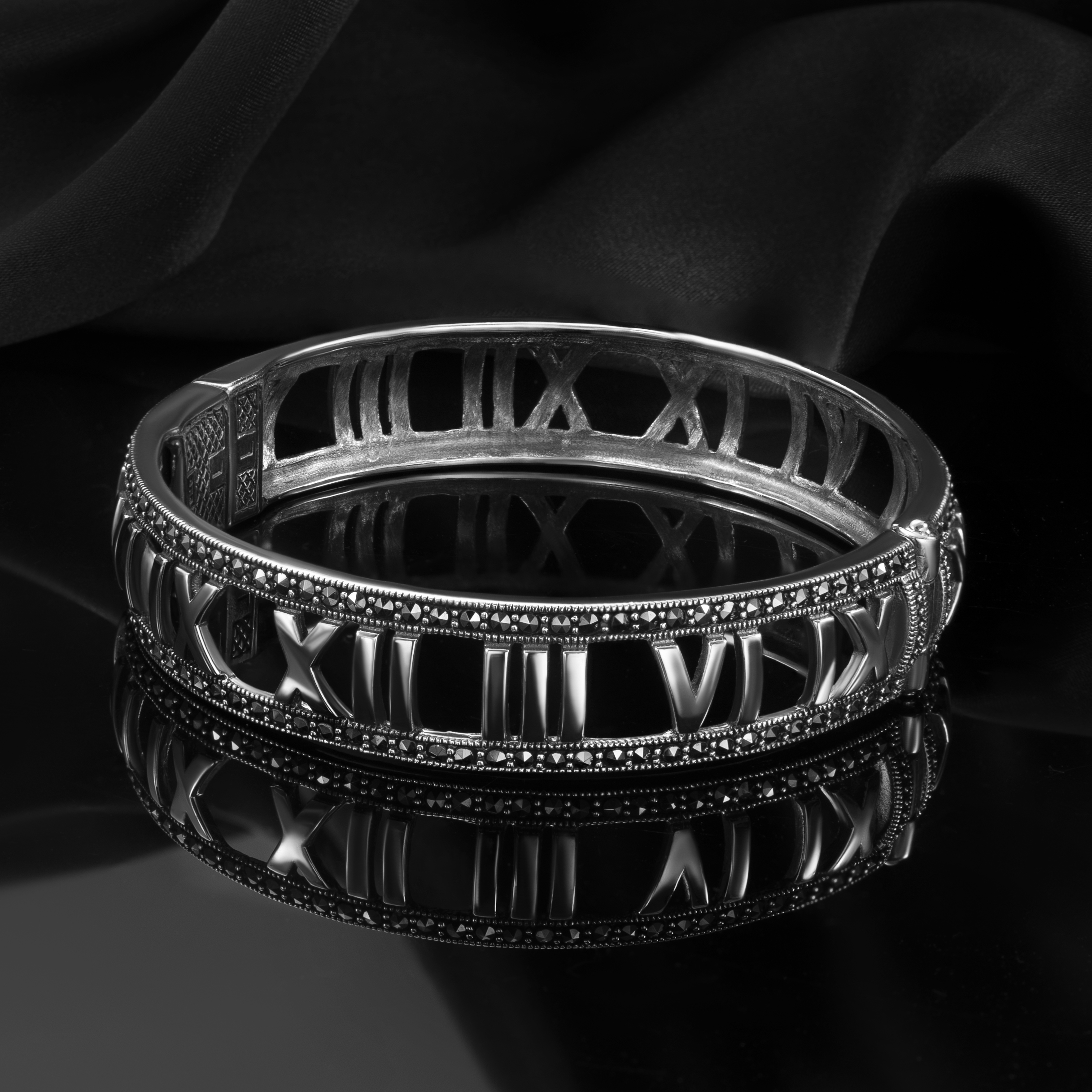
A Heritage Forged in Silver
The Art of Thai Silversmith is more than a craft — it is a cultural treasure that embodies patience, creativity, and timeless beauty. From hand tools to masterpieces, Thai silversmithing continues to inspire the world with its elegance and authenticity.
As modern designers and collectors rediscover the charm of handcrafted silver, Thailand’s artisans stand as guardians of an art form that transcends generations. Their creations are not just ornaments but living symbols of heritage, faith, and the enduring power of craftsmanship.
